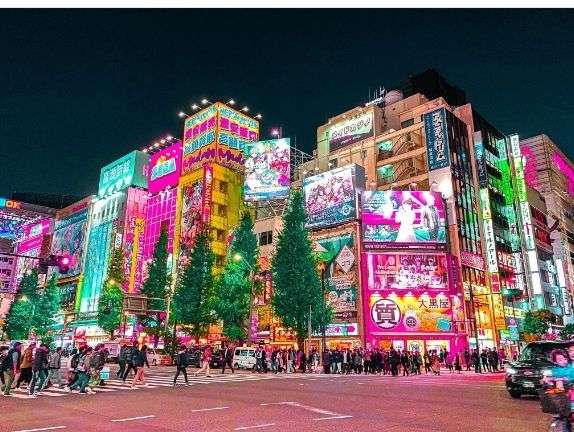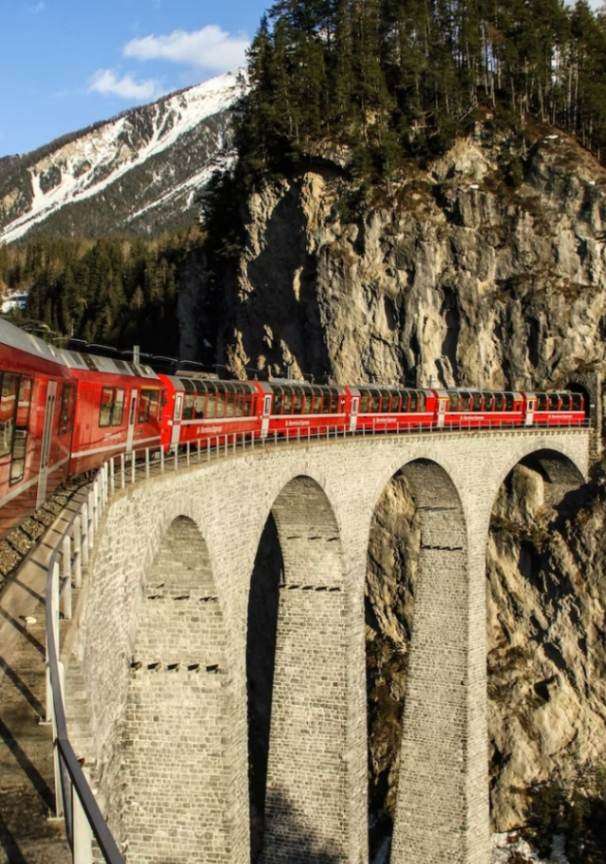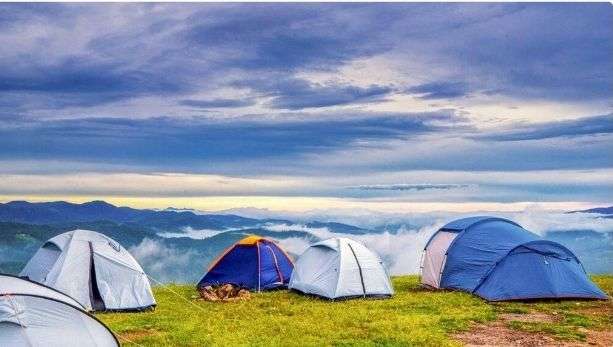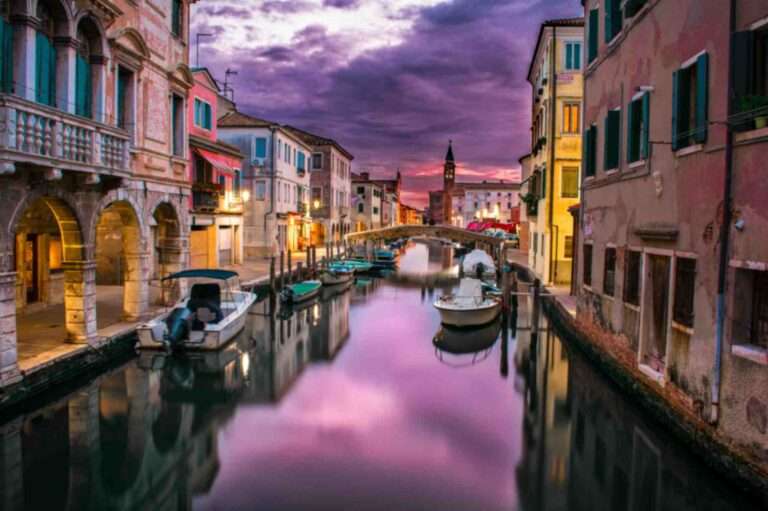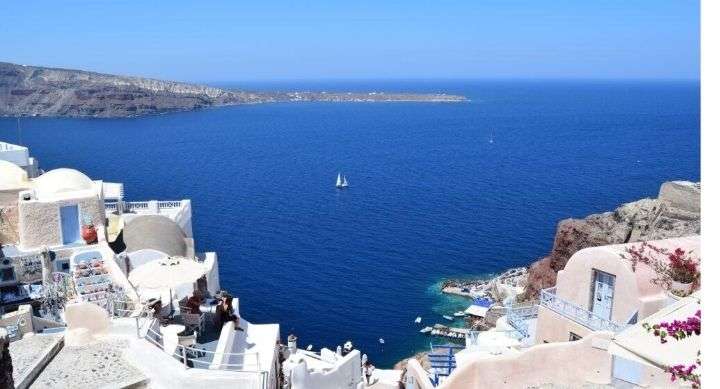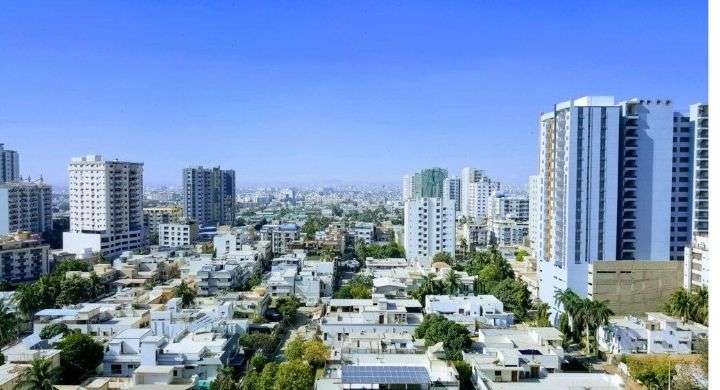Makli Graveyard Pakistan a unique historical place located in Thatta, in the Sindh province of Pakistan, is one of the largest and most historically significant necropolises in the world. This sprawling cemetery, spreading over approximately 10 square kilometers, is estimated to contain up to one million tombs and graves. Its history, rich in cultural and architectural significance, dates back to the 14th century and continues to captivate historians, archaeologists, and tourists alike.
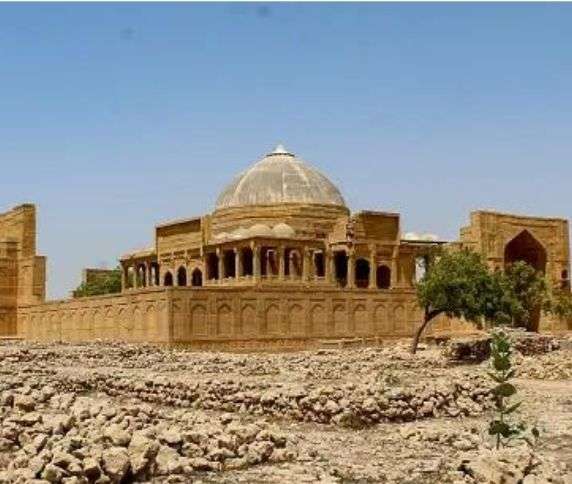
Contents
- 1 The Origins and Historical Significance of Makli Graveyard Pakistan
- 2 Architectural Marvels of Makli Graveyard Pakistan
- 3 Artistic and Cultural Reflections of Makli Graveyard Pakistan
- 4 Makli Graveyard Pakistan: A UNESCO World Heritage Site
- 5 Conservation Challenges for Makli Graveyard Pakistan
- 6 Preserving of Makli Graveyard Pakistan
- 7 A Journey through Makli Graveyard Pakistan tombs
- 8 Cultural and Religious Diversity of Makli Graveyard Pakistan
- 9 Makli Graveyard Pakistan Necropolis Festival
- 10 My ppersonal experience
The Origins and Historical Significance of Makli Graveyard Pakistan
The foundation of Makli Graveyard is believed to have been laid during the Samma dynasty, which ruled over Sindh and parts of Punjab and Balochistan from 1351 to 1520. The site gained prominence as a burial ground during the reign of Jam Nizamuddin II, also known as Jam Nindo. Under his rule, Thatta became a center of learning and culture, attracting scholars, poets, and artists from far and wide, many of whom were later buried in Makli.
Architectural Marvels of Makli Graveyard Pakistan
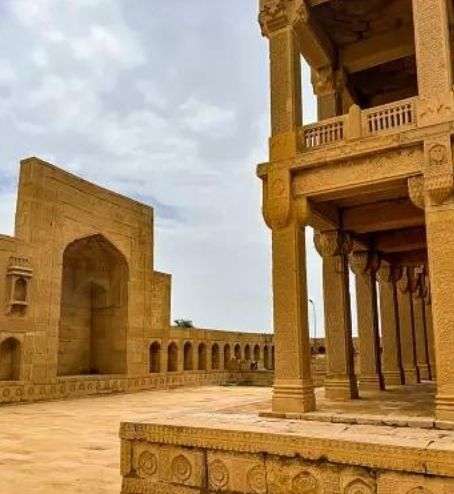
The tombs and graves in Makli are renowned for their remarkable architectural diversity, reflecting influences from various eras such as the Samma, the Arghun, the Tarkhan, and the Mughal periods. This diversity is evident in the various architectural styles, including impressive mausoleums, intricately carved tombstones, and beautifully decorated graves.
The site boasts a range of structures, from simple and elegantly carved graves to grandiose mausoleums, like the famous tomb of Jam Nizamuddin II. This particular mausoleum is noted for its majestic domes and intricate tile work, showcasing the skill and artistry of the craftsmen of that era.
Artistic and Cultural Reflections of Makli Graveyard Pakistan
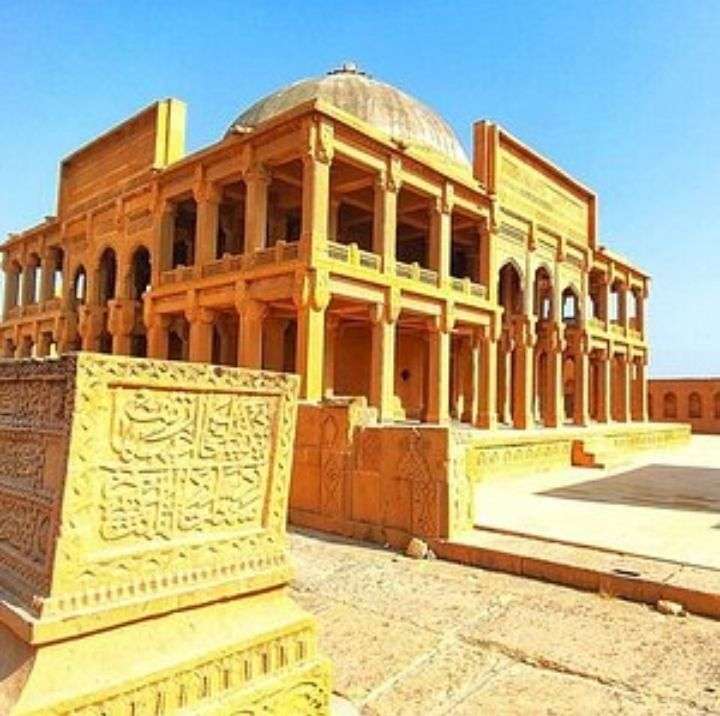
The carvings and motifs on the tombs at Makli are not just artistic expressions; they serve as a window into the lives and beliefs of those buried there. The inscriptions, often in Arabic and Persian, include verses from the Quran, poetry, and epitaphs, providing insights into the cultural and religious practices of the time.
Makli Graveyard Pakistan: A UNESCO World Heritage Site
Recognizing its historical and architectural significance, UNESCO declared Makli a World Heritage Site in 1981. Today, the site attracts scholars and tourists from around the world, drawn to its historical significance and its artistic and architectural wonders.
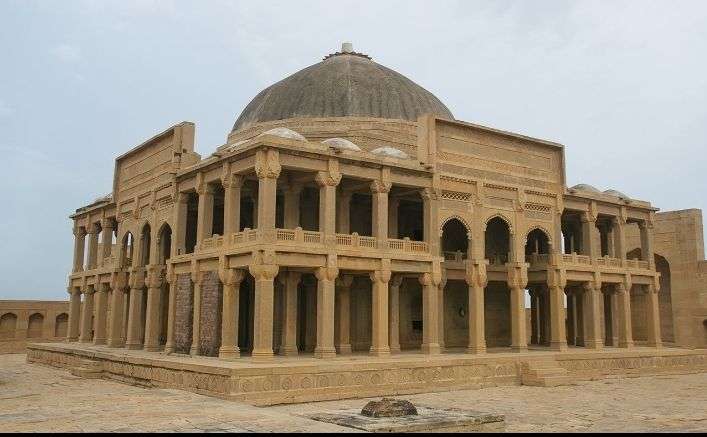
Conservation Challenges for Makli Graveyard Pakistan
Despite its importance, Makli Graveyard faces numerous challenges, including erosion, environmental degradation, and the lack of adequate preservation efforts. The saline air from the nearby Arabian Sea and the harsh weather conditions have taken a toll on the sandstone structures, necessitating urgent and comprehensive conservation measures.
In summary, Makli Graveyard is not just a burial ground; it is a testament to the rich history, diverse cultures, and artistic excellence of the region. It continues to be a source of fascination and study, offering invaluable insights into the lives, beliefs, and artistry of the people of Sindh over several centuries.
Preserving of Makli Graveyard Pakistan
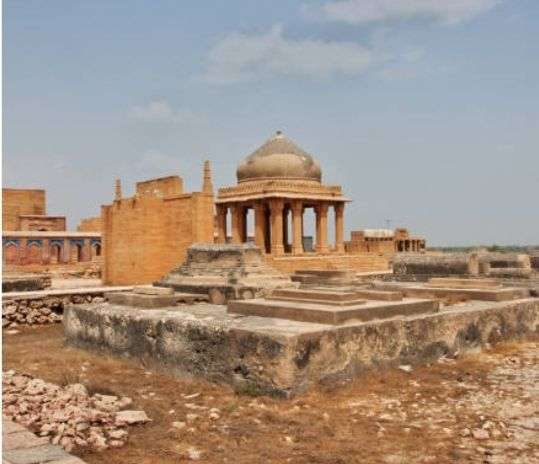
Efforts are underway to preserve and safeguard Makli Graveyard’s cultural legacy. Conservation projects, led by archaeological and heritage organizations, aim to protect the delicate structures from further decay. These initiatives include restoration work on tombs, mausoleums, and the intricate tile work, with the goal of maintaining the site’s historical integrity.
Despite these conservation efforts, the site faces ongoing challenges, necessitating sustainable strategies to mitigate environmental impact and ensure the longevity of this invaluable cultural treasure.
A Journey through Makli Graveyard Pakistan tombs
As visitors explore Makli Graveyard, they encounter a fascinating array of tombs that reflect the changing artistic styles and cultural influences over the centuries. The Chaukundi-style tombs, characterized by distinctive geometric patterns and stylized motifs, stand alongside more ornate and elaborate structures from later periods.
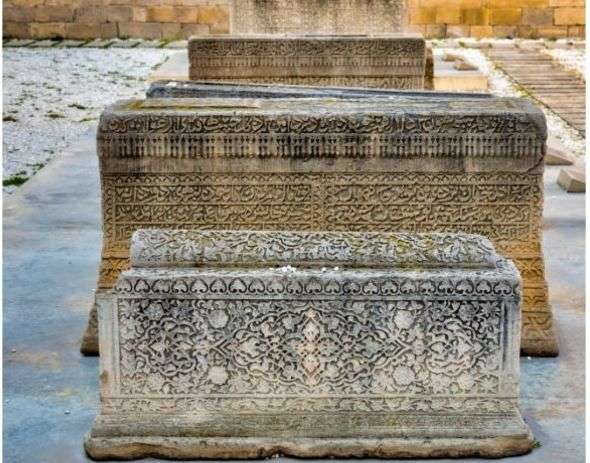
One striking feature is the integration of Persian, Central Asian, and Indian architectural elements, showcasing the multicultural influences that shaped Sindh’s history. The intricate calligraphy, delicate tile work, and detailed carvings on the tombs are testaments to the skilled craftsmanship of the artisans who contributed to this evolving tapestry of art and culture.
Cultural and Religious Diversity of Makli Graveyard Pakistan
Makli Graveyard is not limited to any specific religious or cultural community. It is a reflection of the pluralistic society that thrived in Sindh, where individuals from various backgrounds, including Muslims, Hindus, and others, found their eternal resting place. This diversity is evident in the variety of tomb designs and the inclusion of symbols representing different religious and cultural traditions.
Makli Graveyard Pakistan Necropolis Festival
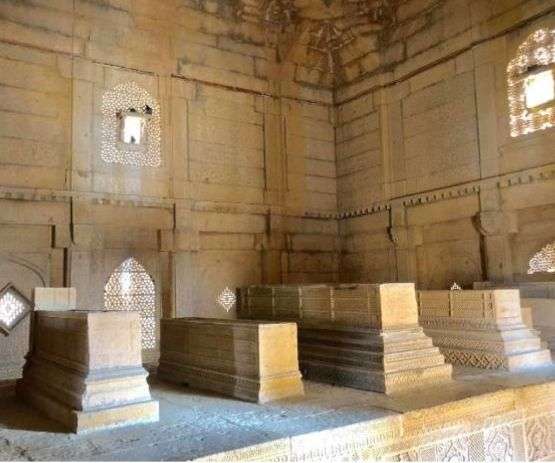
Makli Graveyard, with its vast expanse of tombs and mausoleums, serves as a poignant reminder of the rich tapestry of history that weaves together the cultural, artistic, and religious threads of Sindh. Its designation as a UNESCO World Heritage Site underscores its global importance and the need to protect this invaluable heritage for the benefit of present and future generations.
conclusion
As efforts continue to preserve Makli’s legacy, it remains a destination that beckons not only archaeologists and historians but also curious travelers seeking to unravel the mysteries of a bygone era. In exploring Makli Graveyard, one embarks on a journey through time, discovering the stories etched in stone and the enduring spirit of a civilization that found its eternal abode in the heart of Sindh.
My ppersonal experience
My trip to the Makli Necropolis in Thatta, Pakistan, was an incredibly moving and awe-inspiring journey. As I strolled through this expansive burial ground, I was amazed by the sheer size and historical importance of the structures.
Being one of the world’s largest necropolises, it stands as a tribute to the area’s abundant cultural and architectural legacy.The graves of Sufi saints, intellectuals, and leaders, embellished with complex patterns and glazed tiles, clearly showcased the artistry and veneration of that period. The exceptional preservation and the grand monumental complex, acknowledged by UNESCO, made me value the conservation endeavors and the narratives held by each edifice.
The documentary “Makli – A Living Necropolis” provided a more profound insight into the historical and cultural significance of the site, further enhancing my visit. The English subtitles enabled me to comprehend the stories and importance linked with the necropolis.
In summary, my trip to the Makli Necropolis was a passage through history, art, and spirituality. It left an enduring mark on me, and I developed a deep admiration for the heritage and inheritance embodied within this extraordinary location.
FAQs about Makli Graveyard
1. Q: What is Makli Graveyard?
– A: Makli Graveyard is an ancient necropolis located in Thatta, Sindh, Pakistan. It is one of the largest cemeteries in the world and holds immense historical and cultural significance.
2. Q: How old is Makli Graveyard?
– A: Makli Graveyard dates back to the 14th century, with its establishment during the Samma dynasty. The site has evolved over the centuries, reflecting various architectural styles and cultural influences.
3. Q: Why is Makli Graveyard important?
– A: Makli Graveyard is important for its historical, cultural, and architectural significance. It provides insights into the multicultural influences that shaped Sindh’s history and showcases diverse tomb designs and artistic styles.
4. Q: How large is Makli Graveyard?
– A: Makli Graveyard spans approximately 10 square kilometers, making it one of the largest necropolises globally. It contains an estimated one million tombs and graves.
5. Q: Which dynasties contributed to Makli’s architectural diversity?
– A: Various dynasties, including the Samma, Arghun, Tarkhan, and Mughal periods, have influenced the architectural diversity of Makli Graveyard. Each dynasty’s contributions are reflected in the tombs and structures found at the site.
6. Q: What types of structures can be found at Makli Graveyard?
– A: Makli features a range of structures, from simple graves to grand mausoleums. The tombs exhibit diverse architectural styles, including Chaukundi-style tombs, intricate tile work, and ornate carvings.
7. Q: How is Makli Graveyard being preserved?
– A: Various conservation efforts are underway to preserve Makli Graveyard. These initiatives include restoration work on tombs, mausoleums, and delicate structures. Conservation projects aim to protect the site from environmental degradation and ensure its longevity.
8. Q: Is Makli Graveyard open to the public?
– A: Yes, Makli Graveyard is open to the public. Visitors can explore the site, admire its historical structures, and gain insights into the cultural and religious diversity represented in the tomb designs.
9. Q: Are there specific events held at Makli Graveyard?
– A: The Sindh government organizes the Makli Necropolis Festival, an annual event celebrating the cultural heritage of the graveyard. The festival includes discussions, cultural performances, and exhibitions, attracting locals and tourists alike.
10. Q: Why was Makli Graveyard designated as a UNESCO World Heritage Site?
– A: Makli Graveyard was designated as a UNESCO World Heritage Site in 1981 due to its outstanding universal value. The site represents a unique cultural and historical legacy, contributing significantly to our understanding of the region’s history and artistry.

Safnaa has been working in the travel industry for over a decade, and her expertise and knowledge are reflected in the high-quality content and resources available on travelstutor.com. She is dedicated to providing travelers with accurate and up-to-date information on destinations, accommodations, transportation, and activities, ensuring that they have the best possible travel experience.

